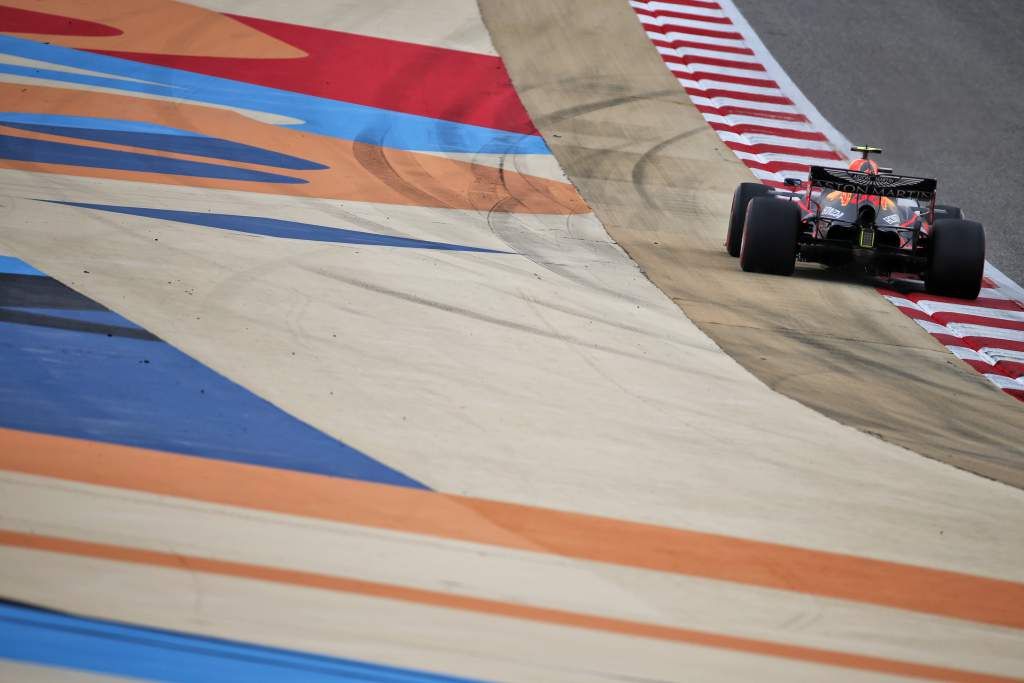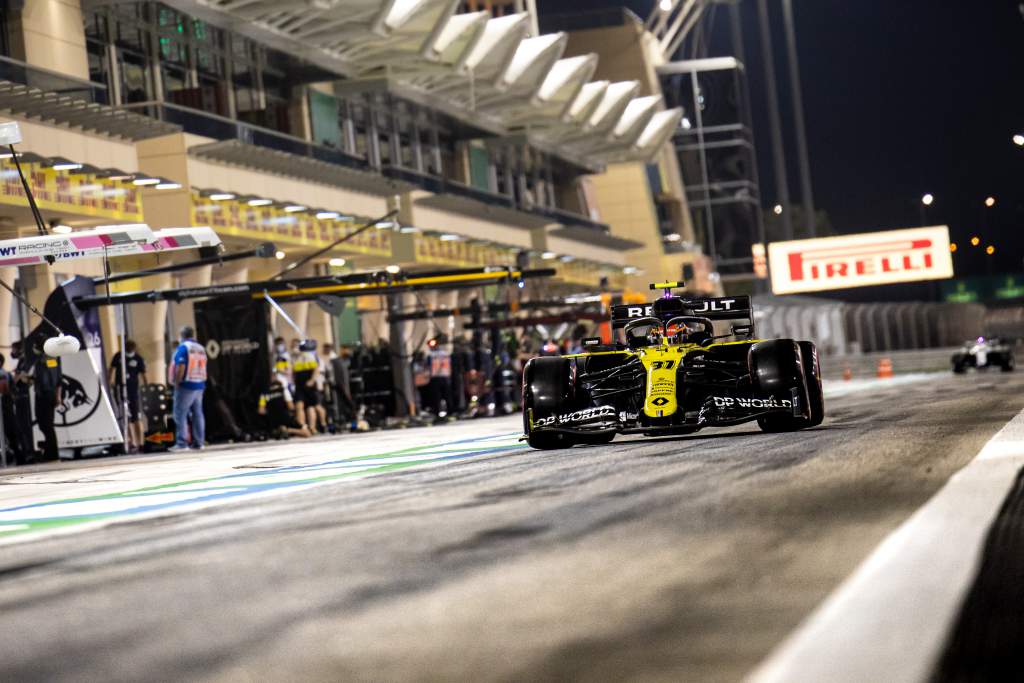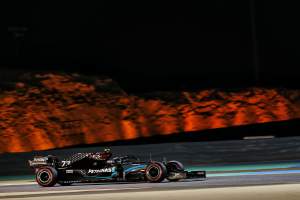Up Next

The battleground for how Formula 1 is going to look in the near-future is already well underway – and it has been Red Bull’s apparently innocuous request for an early engine freeze that has brought it all out into the open.
A pre-Bahrain meeting between all four engine manufacturers, Liberty and the FIA has yielded agreement on the general viability of introducing the all-new F1 power units one year early – for the 2025 season rather than ’26 as is currently planned.
The plan is to have a new range of lighter, smaller and radically cheaper (by 50%) hybrids for the new formula, using synthetic fuels.
However, the devil is in the detail and there is nothing like general agreement on the specifics of how this might be achieved.

The idea of bringing in the new engines early has actually been triggered by Red Bull’s request for a freeze to the current spec power units as it seeks to find a way of retaining the Honda unit but without a Honda development programme once the Japanese manufacturer withdraws from F1 at the end of next season.
Ferrari – as the engine manufacturer with the most to lose from an imminent freeze as it seeks to claw back the power lost to the 2019-20 technical directives aimed at tightening up the interpretation of the fuel flow regulations – immediately opposed the freeze.
But it has subsequently softened its position and has proposed that it would agree to a freeze if the all-new engine came in earlier.
It’s a hugely intricate situation and is complicated by the planned move to bio-fuels, with the FIA’s desire for a switch to 100% bi fuel by 2023 giving rise to a conflicting agenda between each of the manufacturers.

The points of contention are as follows:
- Ferrari wants any such freeze to begin after the end of 2022 (one year earlier than currently planned), not ’21 as Red Bull wishes. Renault and Mercedes is with Ferrari on this.
- In freezing at the end of ’21 Red Bull is seeking to avoid the development costs of optimising the power unit around the E10 fuel (10% ethanol) set to be introduced then. Ferrari, Mercedes and Renault want the freeze at the end of ’22 so as to develop to adjust around the new fuel.
- The switch to E10 and subsequently E20 (20% ethanol) fuel is intended as a phased move towards ‘third generation’ synthetic fuels (which capture greenhouse gases in the production process and re-use them rather than creating new ones) as the FIA strives to make F1 carbon-neutral. The FIA is reportedly prepared to compromise on the timing of that phasing towards the third-generation fuels. The engine manufacturers agree that the synthetic fuel and new formula hybrid engine should be created and developed in conjunction.
- Renault – having proposed a year ago the very freeze that Red Bull is now advocating – has since being outvoted on that (including by Honda) invested R&D money into optimising its PU around E10 and E20 fuels. So naturally it’s reluctant to freeze any earlier than the end of ’22.
- Mercedes is absolutely against any form of artificial convergence of the next power unit formula, whenever it is introduced. Toto Wolff has argued that planned convergence is just another name for “balance of performance” and that it would “spell the end for F1”. Ferrari is pushing for a defined window of performance with higher and lower limits that any PU manufacturer would operate within, arguing that this is the only realistic way to control costs and ensure close competition.

“I don’t think it is balance of performance as I don’t think that the aim or objective is to somehow bring all the manufacturers to the same level of performance,” said Ferrari’s Mattia Binotto last week. “That’s not the case.
“That’s why I call it engine convergence or power unit convergence as it’s only a way of trying to help a manufacturer, which is really down in terms of performance compared to the others.
“But I don’t think if we are helping that manufacturer we should bring him to be the best manufacturer. So he should somehow try to catch up at a lower level compared to the others but somehow not too distant.
“How can we do that? I think that’s part of the open discussion we have got today. I don’t think there is a solution yet.”
However, his subsequent suggestion that it could be done by varying the fuel flow allowance has been met with derision, given the FIA investigation into Ferrari’s engine last winter.
Renault’s stance over the freeze timing is open to “some compromise” according to team principal Cyril Abiteboul – despite his frustation that “Red Bull and Honda have changed their position 180 degrees”.

But he’s adamant Renault won’t budge over anything approaching an F1 ‘Balance of Performance’.
“We believe it’s not part of Formula 1 DNA, and we need to draw a line in the sand: we will simply not accept that. It is not Formula 1,” he insists.
“Plus with a high degree of complexity and sophistication of the power unit and the integration into the car, I guarantee you that it’s totally impossible to get to the right formula of performance equalisation.
“I dare anyone to find the right way to compare an engine in particular in the 2022 cars that will be all about power unit integration. And that, you can’t measure.”
It’s not difficult to discern the various political/competitive agendas playing out in the discussion of how the move to the new formula will be made.
Red Bull just wants to be rid of any development costs as it seeks to run the Honda engine independently of Honda.
But Red Bull isn’t as motivated as Mercedes, Renault and the FIA to transmit the sustainability message at the core of the automotive push towards carbon neutrality.
Ferrari, having previously developed its engine around an interpretation of the fuel flow regs that has since been outlawed, wants to maximise its chances of developing its way out of its current lack of competitiveness.
But it’s prepared to trade off some of that opportunity in exchange for being rid of this formula one year early and starting again from scratch.
Yet it’s wary of being outgunned in the development of the new-generation power units in the way it was last time when the hybrids were first introduced.






